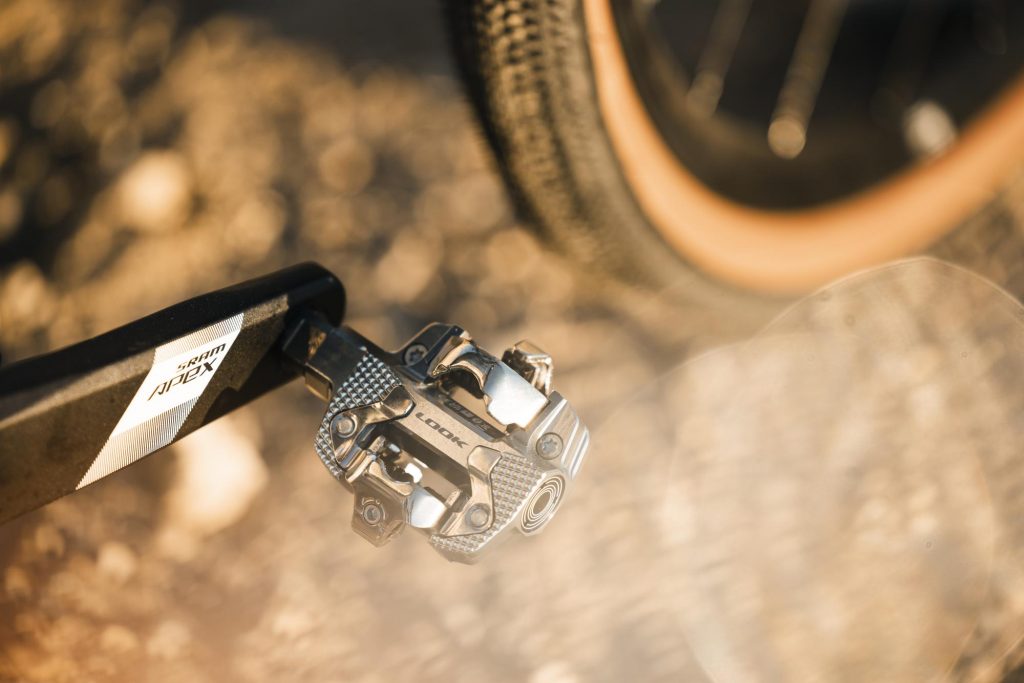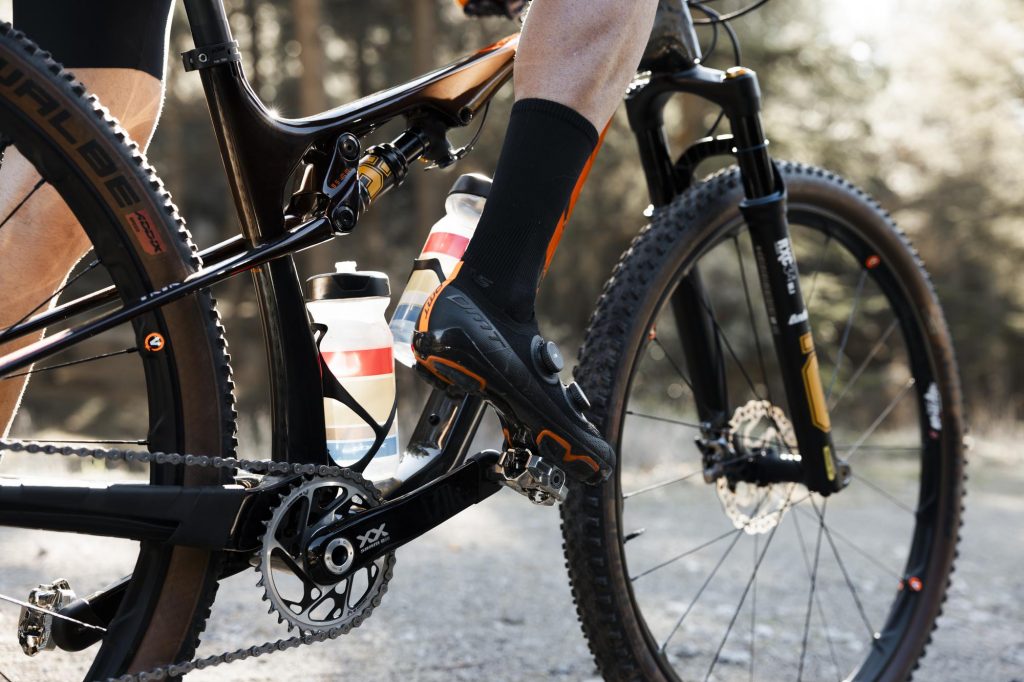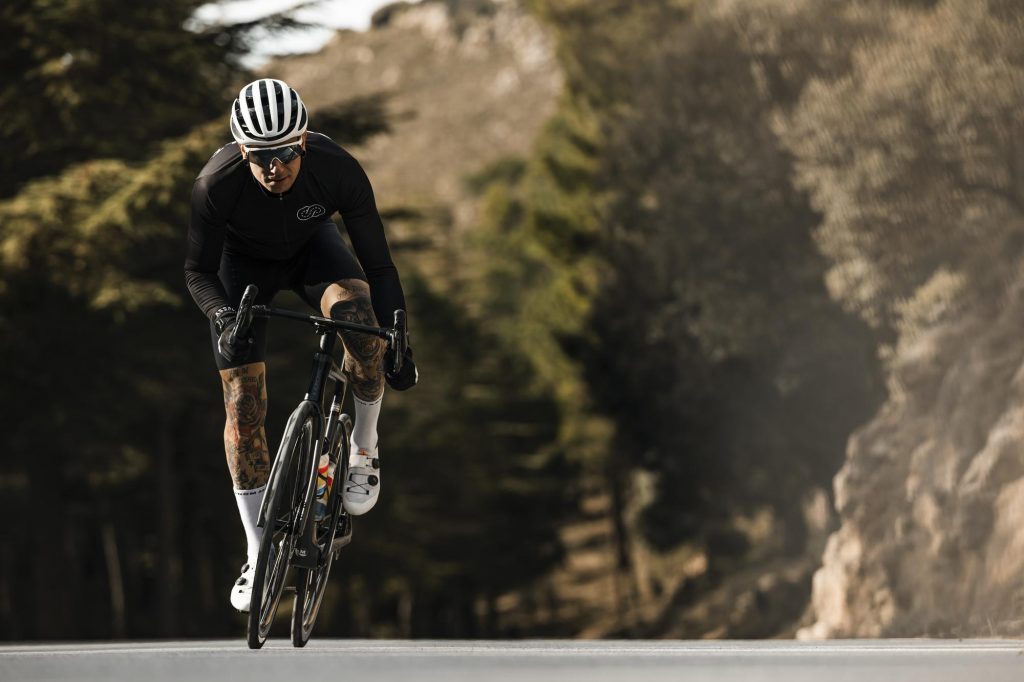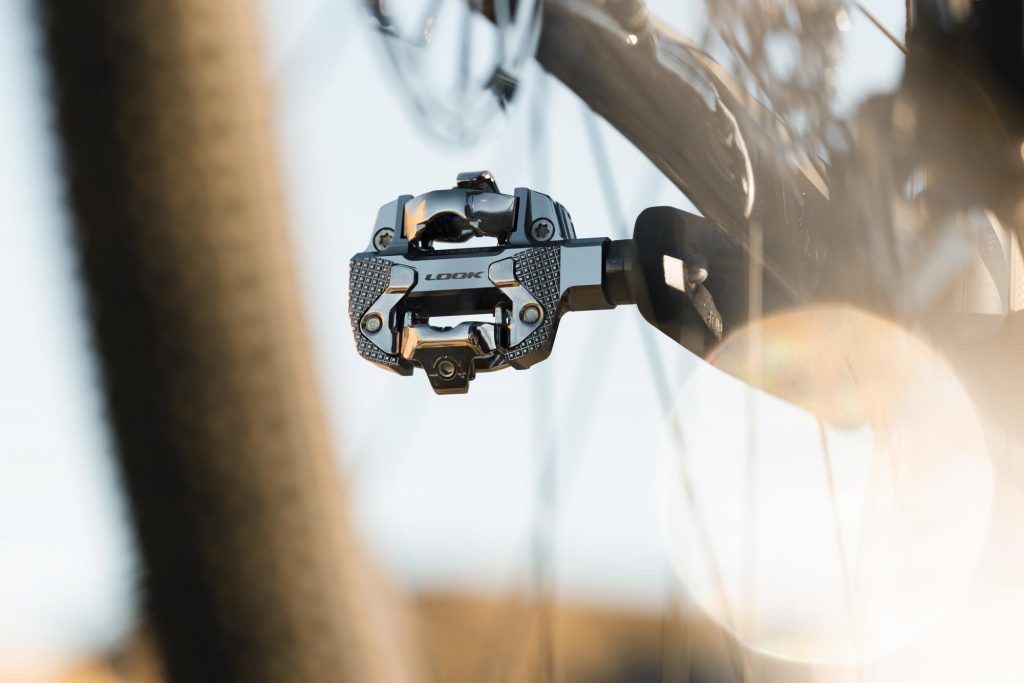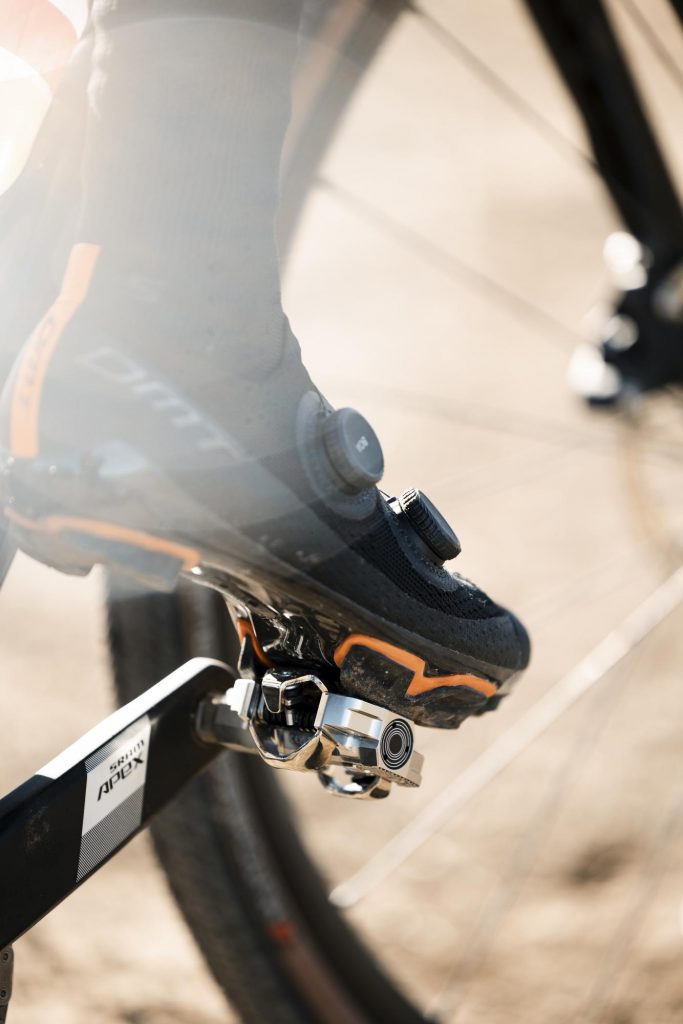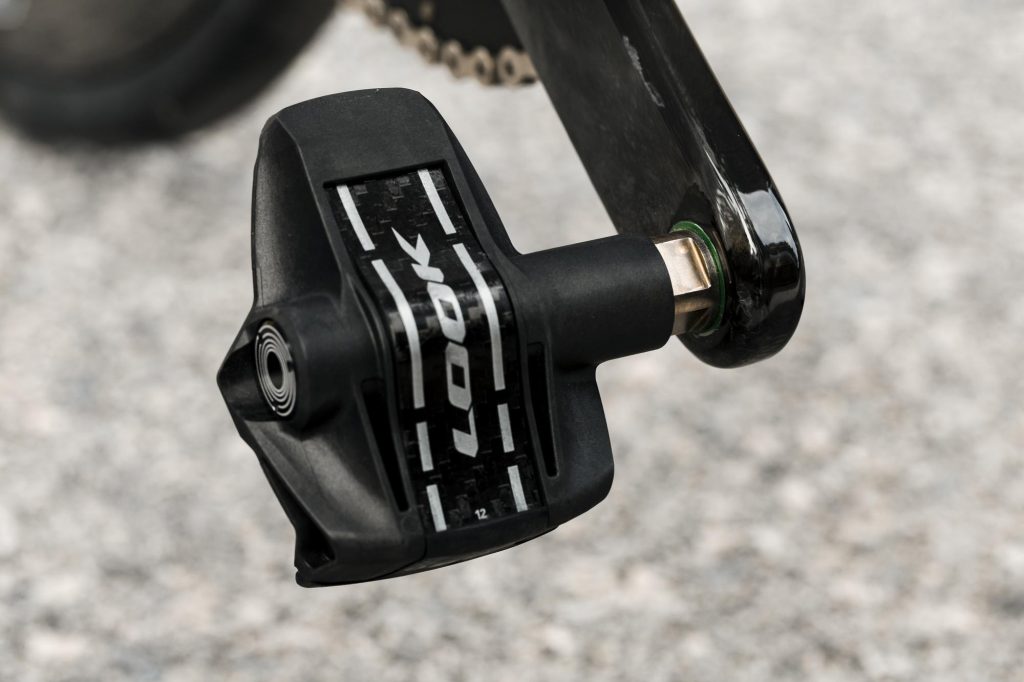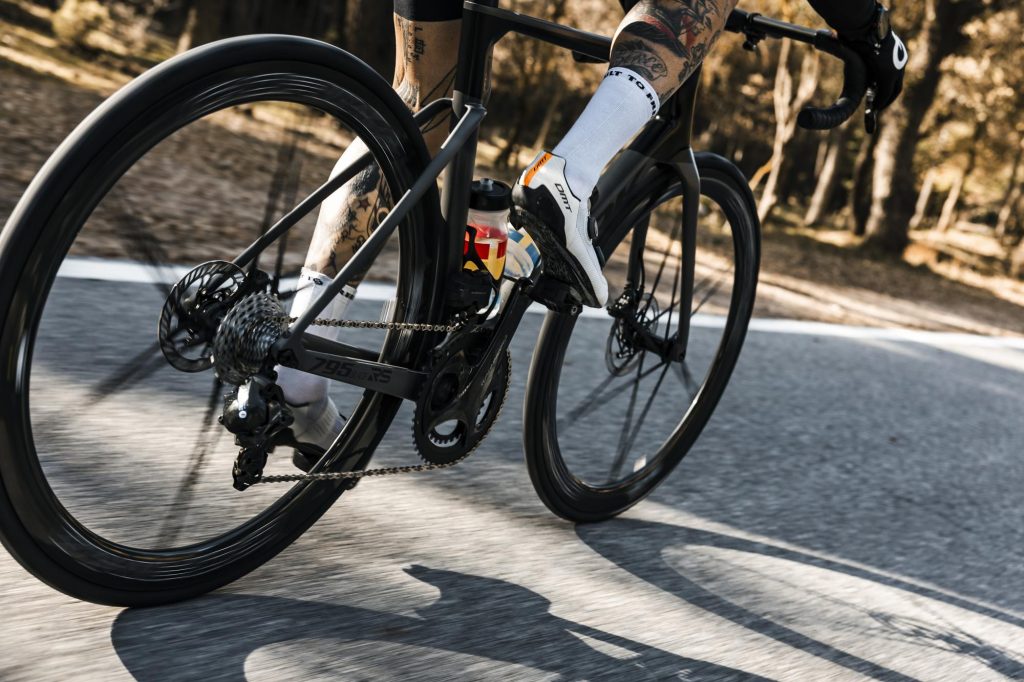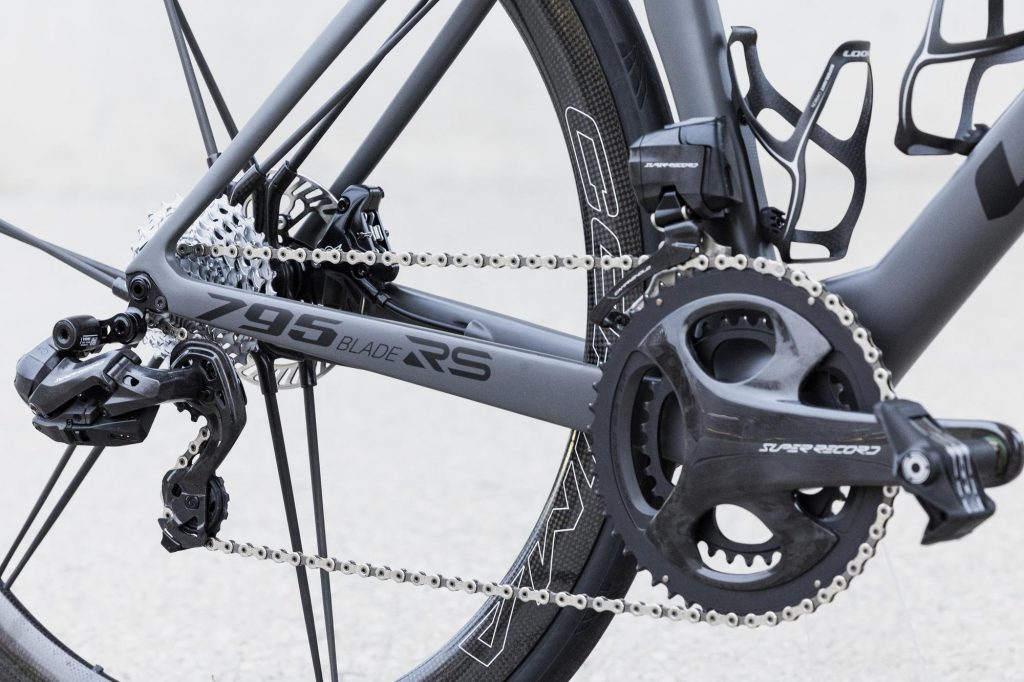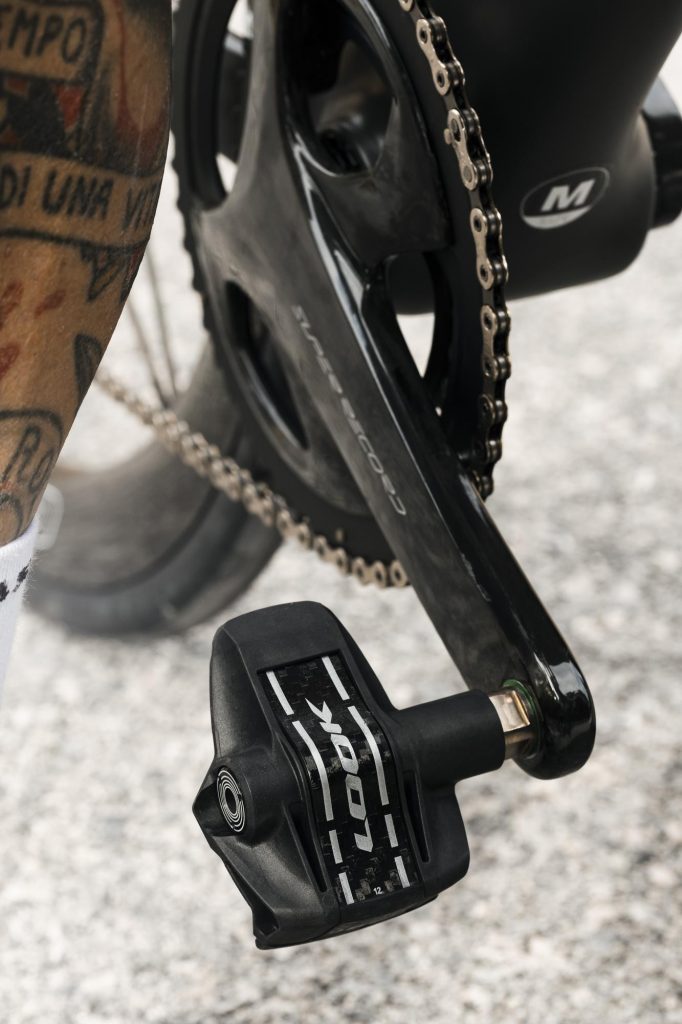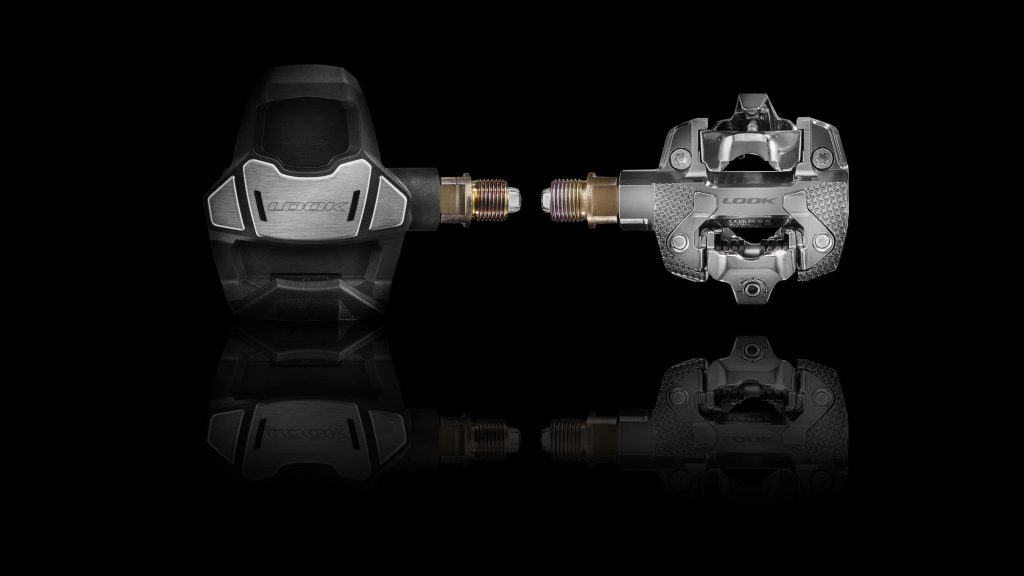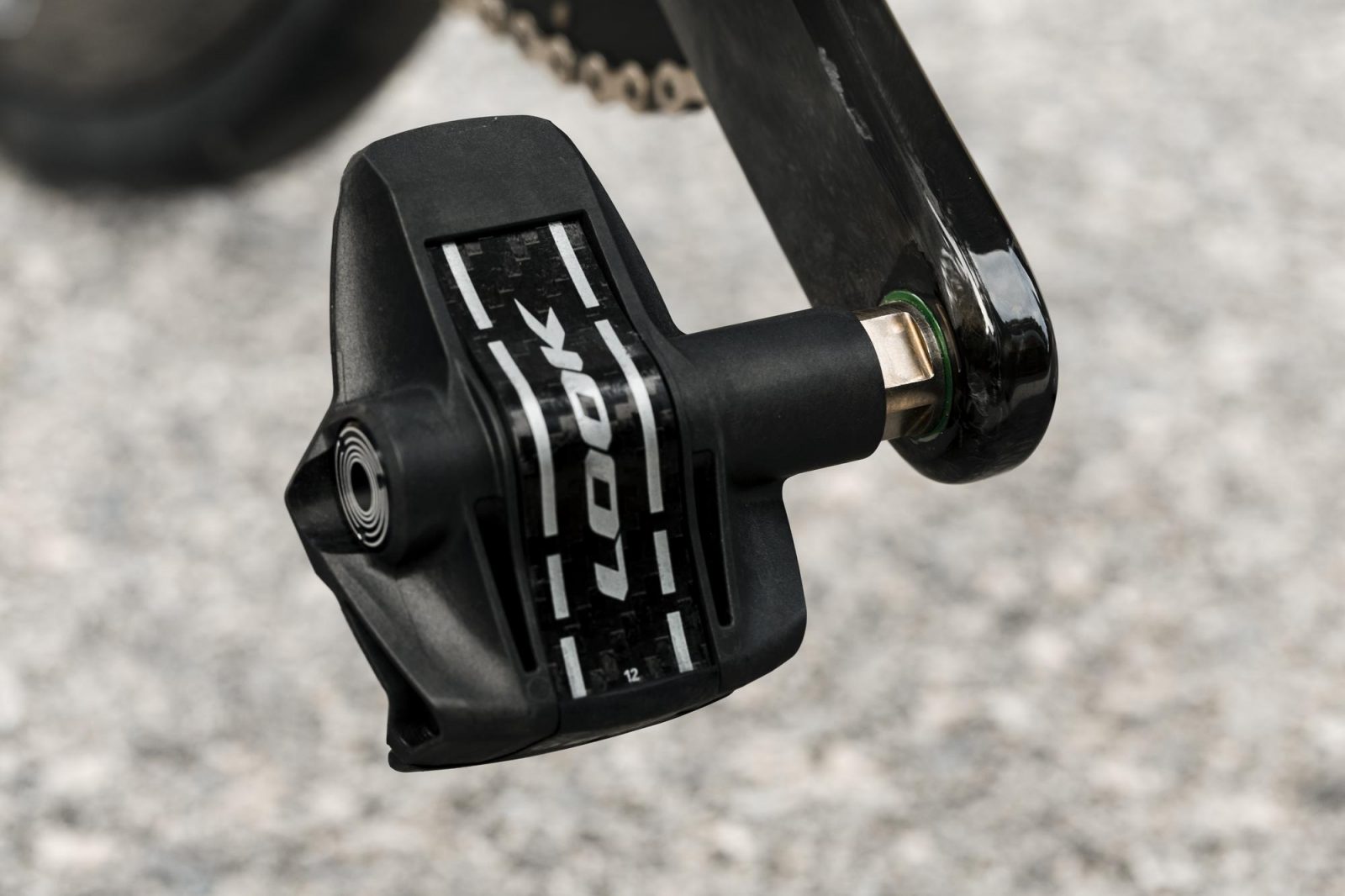With its Keo Blade Power and X-Track Power power-sensor pedals, Look offers top-of-the-range 100% Made in France models, entirely designed and produced at the brand's center in Nevers. Alexandre Lavaud, product manager at Look, explains the challenges encountered in creating these pedals.
What was the guiding principle behind the design of these new pedals?
At Look, we've been creating pedals for 35 years, and this isn't our first model with an integrated power sensor. This time, we embarked on a three-year challenge, using the Keo Blade and X-Track pedals, which were launched in 2011 for the road version and 2016 for the MTB version. So these are models on which we've obviously had a lot of feedback and which have been validated by professional cyclists and mountain bikers. But now we had to make them products with an integrated power sensor, while leaving the shape of the pedals and the rider's position untouched.
How did you go about modifying the internal structure of these pedals?
While we've previously worked with other brands to create power-sensor pedals, the Keo Blade Power and X-Track Power are 100% out of the box. The difficulty obviously lay in finding space inside. It was a major R&D challenge, because we had to fit everything into the axis. A lot of work had already gone into the electronics and miniaturization of the system. Then, on the mechanical side, we needed to have as much space as possible in the axle. This was no easy task, as we had to maintain the same mechanical properties despite the hollow shaft. We used extremely resistant materials, which enabled us to reduce the drilling diameter inside.
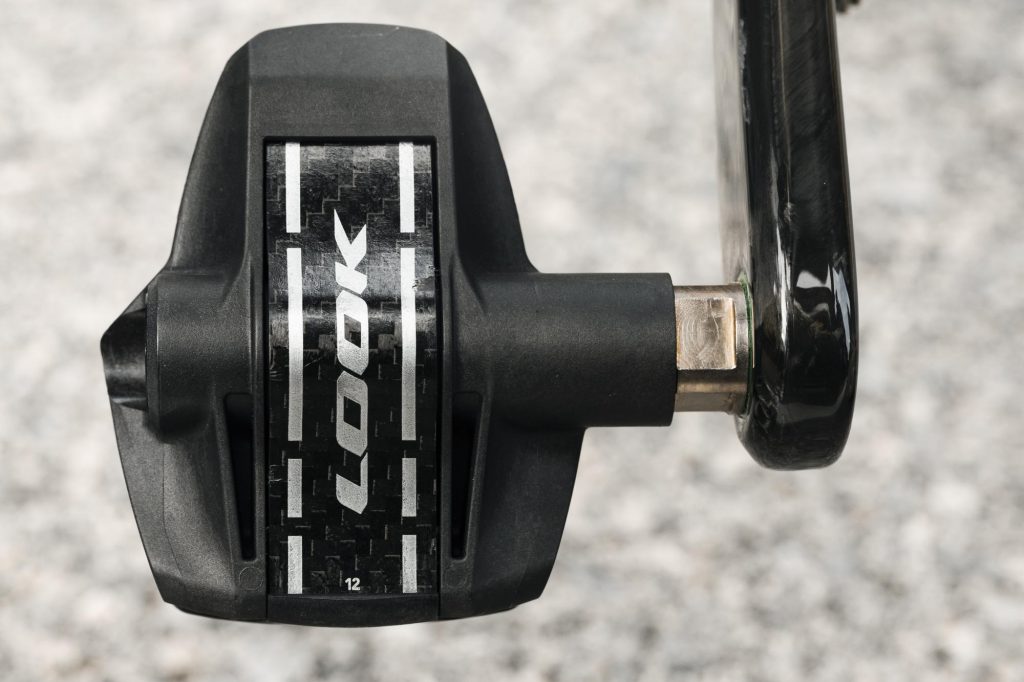
So in the end, the pedals are the same size as those without power sensors?
Yes, the result is a pedal that is visually similar to classic pedals. It's a big job that not everyone does, because our competitors, for example, put everything in pods that can be seen on the outside of the pedal. It was quite a challenge to fit all these electronics in, while still allowing 60 hours of autonomous use. The other challenge was to keep the price down to around 1000 euros. Premium materials are obviously more expensive. And it's the same thing with the miniaturization of electronics, which drives up the overall price. But here again, we've managed to stay within the price range we set ourselves.
What about the accuracy of the data collected?
In terms of precision, repeatability and autonomy, we're clearly among the best on the market. We set ourselves apart from our competitors on the mechanical side, with the lightest product on the market for both road and mountain bikes. And the contact surface is far superior to anything else on the market. This gives us excellent power transfer and a high level of comfort for good stability on the pedals.
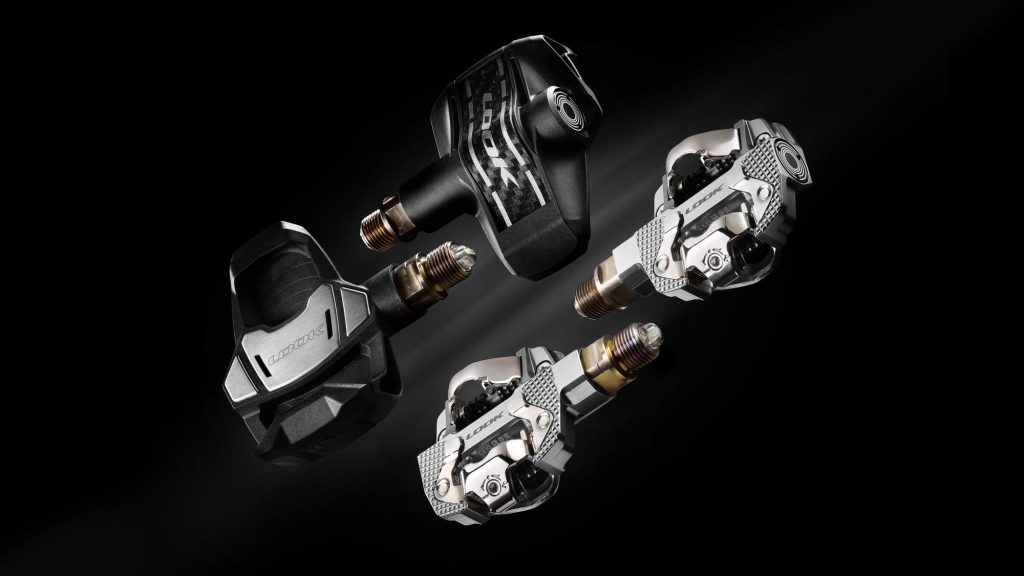
For which applications should you choose the single or double version?
If a cyclist opts for Dual (a sensor in each pedal), he'll have the exact power measurement for the right and left leg. This is an interesting piece of data, as it will enable the difference between the weak leg and the strong leg to be measured perfectly. Most cyclists have a clear difference in power between the two legs. If you opt for the version with a single power sensor in one of the two pedals, the power displayed is mathematically multiplied by two. However, if the measurement was taken on the strong leg, this figure may be exaggerated in relation to what the cyclist actually delivers. The double version will therefore display the exact Watts developed by the user. It will therefore be more useful for cyclists or mountain bikers who are into detail and want to have the most precise data possible to progress.
Find out more Look Keo Blade Power and Look X-Track Power on Private Sport Shop and all the brand's products at this address.
